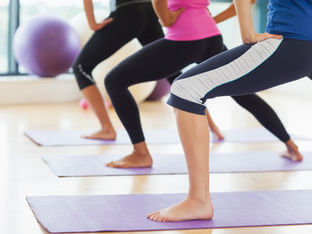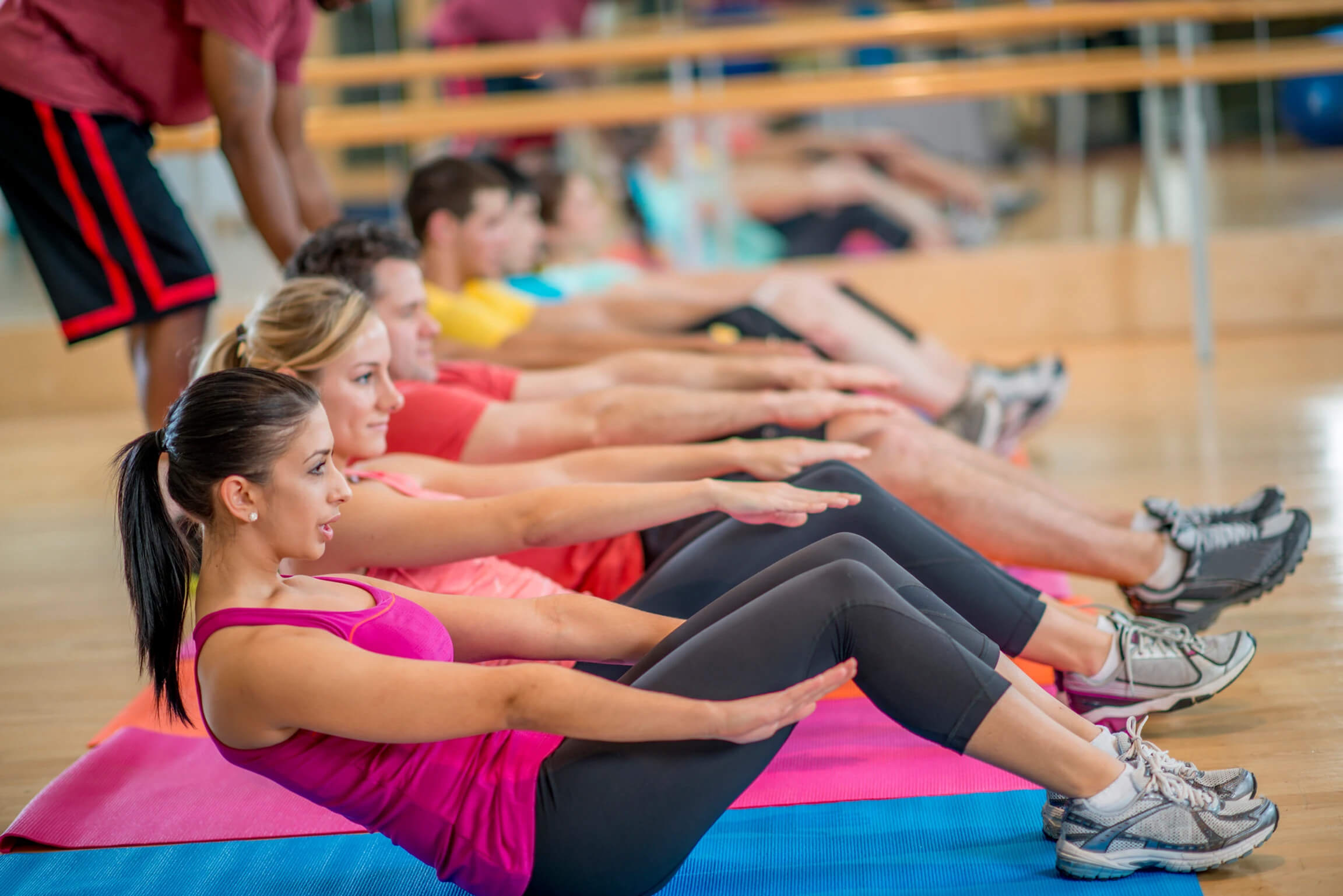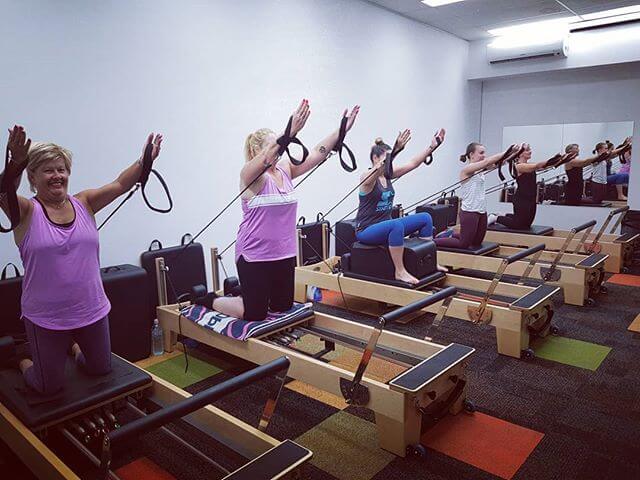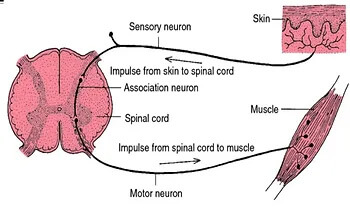
Pilates: Mat vs Reformer Pilates (Part 2 of 3)
In part one, we unearthed that pilates has a role to play in reducing the severity of chronic lower back pain. In part two, we tackle a common question from our patients and delve further into the research to see if there is a difference between mat and reformer pilates.

SUMMARY:
- A reformer is a large piece of pilates equipment that utilises a spring mechanism to apply load in various positions and degrees of loading from gravity.
- Both forms of exercise are better than the ‘wait and see’ or pharmacological approach with respect to chronic lower back pain
- The use of reformers may provide a larger stimuli to the sensory system which facilitates proper performance due to better stabilisation
- Pilates promotes the restoration of the function of muscles involved in lumbopelvic stabilisation, that is, transversus abdominis, multifidus, diaphragm and pelvic floor muscles (the “core”)
- Reformer pilates provides more options for strengthening, ideal for those recovering from injury, pregnancy or surgery

As a general rule, the aim of pilates is to restore or sustain the motor control of the lumbar spine and proper body posture. Joseph Pilates (the founder of pilates) believed beginning exercise in the horizontal plane was important to relieve the stress and strain on the joints, and to align the body before adding additional gravitational forces while standing, sitting or kneeling.
Both mat and reformer are popular types of pilates which both focus on strengthening. Mat pilates, as its names suggests is a floor based method that tends to use bodyweight as the chief form of resistance.
Reformer, is the most popular equipment of Pilates. The design of Reformer utilises a spring mechanism that the person works to control while moving in various planes (Bulguroglu et al 2017). Reformer pilates allows more exercises compared to a mat and it provides the option of performing exercises numerous body positions – from your back, side, stomach and being seated — and also on your feet or knees.
COMPARE THE PAIR
Not a great deal of research has been conducted on differentiating the two forms of pilates. What studies do exist tend poorly define what equipment was used or whether individual tailoring of the sessions occurred.
Luz et al compared the effectiveness of Pilates mat and equipment-based Pilates exercises (with the use of Reformer) in a group of 86 individuals with chronic lower back pain. The 6-week routine included individual, 1-hour sessions performed twice a week and supervised by a Pilates-experienced physical therapist. The outcome measures were: pain intensity, disability, global perceived effect, patient’s specific disability and fear of movement, known as kinesiophobia (Luz et al 2014). The assessment was recorded after 6-week intervention and 6 months. A significant difference was noted in both groups after a 6-week programme in all of the areas evaluated. After 6 months however, a significant difference was found in disability, specific disability and kinesiophobia in favour of equipment-based Pilates exercises (Luz et al 2014; Eilks et al 2019).

References:
- Eliks, M., Zgorzalewicz-Stachowiak, M., & Zeńczak-Praga, K. (2019). Application of Pilates-based exercises in the treatment of chronic non-specific low back pain: state of the art. Postgraduate medical journal, 95(1119), 41-45.
- da Luz Jr, M. A., Costa, L. O. P., Fuhro, F. F., Manzoni, A. C. T., Oliveira, N. T. B., & Cabral, C. M. N. (2014). Effectiveness of mat Pilates or equipment-based Pilates exercises in patients with chronic nonspecific low back pain: a randomized controlled trial. Physical therapy, 94(5), 623-631.
- Bulguroglu, I., Guclu-Gunduz, A., Yazici, G., Ozkul, C., Irkec, C., Nazliel, B., & Batur-Caglayan, H. Z. (2017). The effects of Mat Pilates and Reformer Pilates in patients with Multiple Sclerosis: A randomized controlled study. NeuroRehabilitation, 41(2), 413-422.
- Cruz-Díaz, D., Bergamin, M., Gobbo, S., Martínez-Amat, A., & Hita-Contreras, F. (2017). Comparative effects of 12 weeks of equipment based and mat Pilates in patients with Chronic Low Back Pain on pain, function and transversus abdominis activation. A randomized controlled trial. Complementary therapies in medicine, 33, 72-77.



